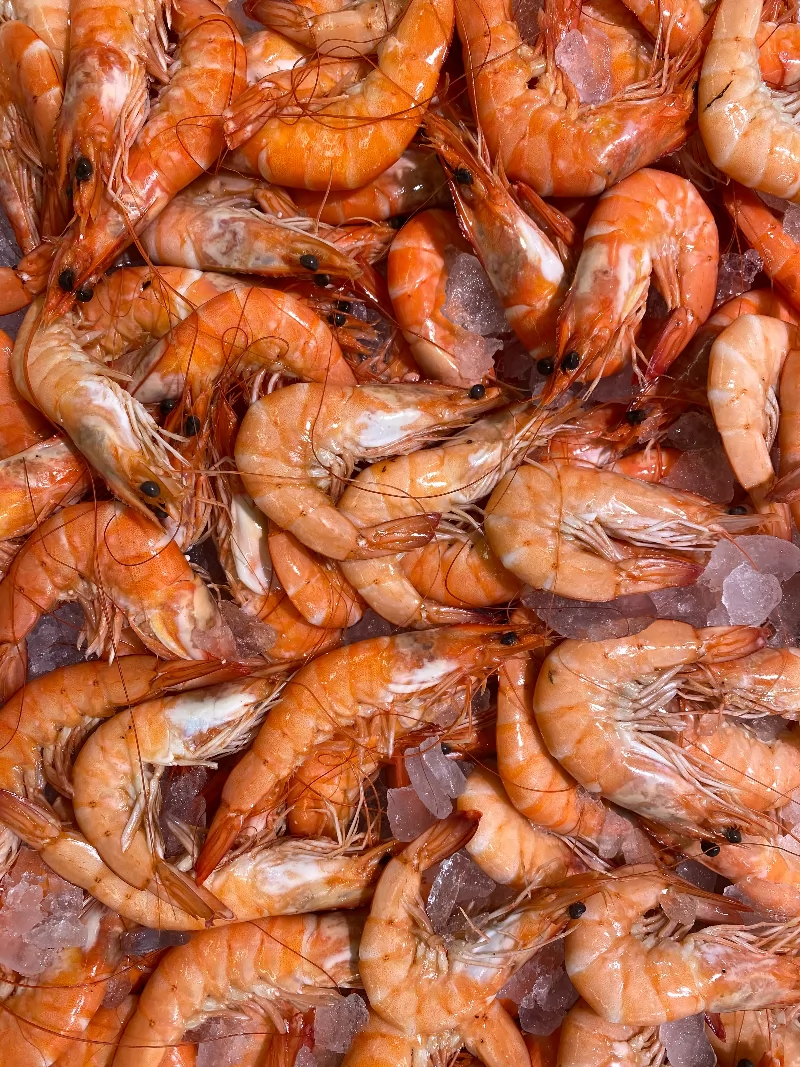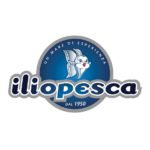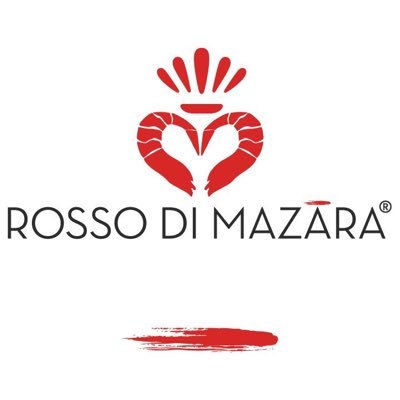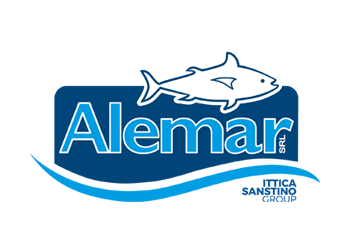Sintesi
Since 2020, the global shrimp market, estimated at $68.40 billion in 2022, has demonstrated resilient growth with an expected CAGR of 5.5 percent through 2030. Driven by increased health awareness and demand for high-protein, low-fat diets rich in essential nutrients like Omega-3, global shrimp consumption reflects this trend. The European Union faced a downturn in seafood volumes and values, with domestic decreases as high as -16.7% and -10.8% respectively. Market dynamics were affected by the COVID-19 pandemic, causing an immediate drop in demand, but demand rebounded quickly after the initial shocks. Ecuador emerged as a leading shrimp exporter in 2023, experiencing a 30 percent growth over 2022, whereas countries like Vietnam and Indonesia saw declines.
The Shrimp Market in Italy: A Dynamic Landscape of Consumption and Trade
The Italian shrimp market has been a fascinating case study of evolving consumer habits and expanding trade dynamics. Throughout the years, Italians have demonstrated a growing appetite for shrimp, prompted by its acknowledged health benefits and versatility as a dietary component. We witness a significant increase in the average yearly household expenditure on seafood overall, with an upward shift of approximately 12.9 percent from 2017 to 2021. Shrimp, considered a luxurious seafood option, holds a compelling 20 percent in value within the national fish market landscape. The demand for shrimp in Italy tells a story of distinctive regional preferences, with households in the southern part of the country leading the way by spending roughly between 45 to 50 euros per month. Following closely are those in the Islands and Central regions, with monthly expenditures in the range of 40 to 45 euros, showcasing a strong regional inclination towards this marine delight.
Prices for shrimp have seen variances based on the origin and type, maintaining an upscale positioning, particularly for fresh-caught varieties such as the Red shrimp fetching between 45 to 50 euros per kilo and the Pink shrimp priced at the higher end during peak season.
Key Market Players Shaping the Italian Shrimp Sector
The Italian shrimp industry is a vibrant and complex market comprising various stakeholders, from fishermen and farmers to processors and retailers. The market dynamics are greatly influenced by the activities of these crucial industry participants, who contribute to the supply chain of the cherished crustacean.
- Traditional Fisheries and Aquaculture Farms: At the forefront of the market are the traditional fisheries that dot the Mediterranean coast, harvesting indigenous species like red shrimp, purple shrimp, and white shrimp. These fisheries rely on the seasoned expertise of local fishermen who have honed their craft over generations, ensuring that they provide consumers with fresh and high-quality products. In the realm of shrimp farming, Veneto and Emilia-Romagna regions emerge as significant contributors, especially in trout farming. Southern parts of Italy are witnessing growth in sea cage farms, which are gradually contributing more to the shrimp supply to meet the rising demand.
- Crustacean Processing Enterprises: Another critical component of this market is the number of enterprises engaged in the processing and preservation of crustaceans. Although these businesses aren't necessarily dedicated exclusively to shrimp processing, given the high dependency on imports, their role in ensuring that processed shrimp meets quality standards is indispensable.
- Importers and Exporters: Considering the prevalent reliance on importation to satisfy domestic demand, companies specializing in the import of shrimps play a critical role. These players ensure a continuous flow of shrimp from countries like Ecuador and Argentina, leading seafood suppliers for Italy. Simultaneously, exporters manage to carve a niche, supplying Italian shrimp delicacies to countries like Spain, Albania, Malta, France, and Germany.
per comprendere questo mercato
Dettaglio del contenuto
 Informazioni
Informazioni
- Pagine : 30 pags
- Formato : Versione PDF e digitale
- Ultimo aggiornamento : 31/10/2023
 Riepilogo ed estratti
Riepilogo ed estratti
1 Market Overview
1.1 Definition and scope of the study
The term "shrimp" tends to identify a rather heterogeneous group of decapod crustaceans, differing in both taxonomic characteristics and purpose; in fact, there are both freshwater and saltwater species, belonging to various orders and classifications. The shrimp market ("shrimp" in English, "gambero" in Italian) consists of small shrimp, up to 7-10 cm, and prawns over 15 cm ("prawn" in English, "gamberone" in Italian). There are mainly three species in the Mediterranean Sea: the red shrimp, the purple shrimp, and the prawn. These are certainly the most economically important species. The most widespread and fished species is the white shrimp.
For the purpose of this study, we focus on the production and marketing of the following Italian shrimp species:
- White shrimp
- Purple shrimp
- Red shrimp
- Shrimp
Global shrimp catches have increased significantly over the past decade, both due to the spread of a massive and efficient "insutrial" fishery and the prosperity of this market segment. In addition to fishing, shrimp farming has also increased; this practice, which has existed since ancient times, occupies a large part of the sector and is now widely practiced in Central America, South America and Southeast Asia. The global shrimp market size has been estimated at $68.4 billion in 2022 and is expected to grow at a compound annual growth rate (CAGR) of 5.5 percent until 2030.
In Italy, shrimp consumption grew by 25.2 percent in January-April 2022, compared to the same period in 2021. From a price point of view, shrimp caught in the Mediterranean are valuable fish products and highly sought after by consumers; for these reasons they can be very expensive, up to €50 to €60 per kg for red shrimp and €60 per kg for purple shrimp. Shrimp consumption is, moreover, strongly influenced by the spread of a search for healty diets; in fact, the product in question is considered a low-fat, high-protein alternative, which is why it is a product in high demand by consumers. Shrimp, moreover, is a front of essential nutrients, such asOmega-3.
1.2 The global shrimp market
The global shrimp market size has been estimated at $**.** billion in **** and is expected to grow at a compound annual growth rate(***) and is perceived as a healthier option.
Global shrimp market trends World, **** - ****, US$ billion Grand View Research the global seafood market is highly dynamic and diverse, encompassing an ...
1.3 The Italian shrimp market
During ****, the volume of first sales in the Italian seafood sector stood at ** thousand tons, registering a decrease of *.* percent compared to **** and confirming the trend in place since ****. This is due to the reduced availability of the product (***) for a total value of *** million euros.
The shrimp market includes:
white ...
1.4 Shrimp imports and exports
Analyzing the totality of the size of the seafood sector, it can be seen that from the point of view of exportations there are widespread declines, especially in the categories: fresh fish, edible fish, dried, salted or pickled fish, and shellfish. Overall, the value of exported seafood products declined by * percent, ...
1.5 Impact of the COVID-19 crisis
The General Fisheries Commission for the Mediterranean has produced an analysis of the impact of the Covid-** pandemic on the European fishing industry. According to the following report, the crisis immediately led to a drop in demand from wholesalers; in addition, the closure of export markets and the hotel and restaurant ...
2 Demand analysis
2.1 Demand in Italy
In order to analyze the demand for shrimp in Italy, average annual household expenditure, monthly expenditure by employment status, and weekly fish consumption are considered.
Average annual expenditure
Between **** and ****, the average annual expenditure of Italian households on seafood (***), the trend shows a positive trend throughout the period. The increase in ...
2.2 Demand drivers in the shrimp market
The shrimp market is driven by a number of factors that have increased demand and production in recent years. The main drivers of demand are the health benefits of shrimp, the adoption of new environmentally friendly production techniques, and the convenience of this type of fish compared to other protein-rich ...
2.3 Geographical distribution of demand
In order to highlight the geographical distribution of demand, a map was created with the average monthly expenditure of Italian households on fish and other seafood.
Southern households have the highest average monthly expenditure in the peninsula, with a value of **.** euros per month. Spending more than ** euros per month, they ...
3 Market structure
3.1 Market structure and dynamics
Analyzing the macrosector of the fish market, it can be seen that in recent years there has been a steady growth in active fish farms, with an increase of almost ** percent from **** to ****, from *,*** to *,*** units, all falling under the activities that fall under the definition of aquaculture. From the data ...
3.2 Value Chain
The value chain in the market under consideration is proposed below:
catching oraquaculture: the chain starts with catching shrimp at sea or raising them; processing: captured shrimp are processed and prepared for consumption. This stage included: shucking, cleaning and cooking of shrimp; distribution: the processed shrimp are then distributed to different ...
3.3 Shrimp distribution channels
The shrimp market is highly dependent on the retail trade, in fact about** percent of production reaches final consumers through supermarkets and other specialty stores. However, within non-domestic consumption (***). Since more recent data are not available, the analysis is performed on **** data, the latest recent data.
Sales of unprocessed seafood products, ...
3.4 Main actors
Aquaculture refers to the production of fish, crustaceans, mollusks and seaweed in confined environments entirely controlled by humans. The activity has ancient origins; in fact, the practice is believed to have spread about *,*** years ago in Australia, but its main moment of industrial expansion occurred in the ****s and ****s. Today, ...
4 Supply analysis
4.1 Composition of the offer
Shrimp is a very popular product and accounts for ** percent in value of the national fish market. it is also one of the most diverse crustacean categories, as there are a multitude of shrimp species; the most common in Itakia are:
Purple shrimp, Parapenaeus longirostris. Available year-round, but with greater seasonality ...
4.2 The prices
The following are wholesale prices divided by market and area of origin for: Argentine shrimp, pink shrimp, and red shrimp. For the first category, the price is for the frozen product while for the other two it is for the fresh-caught product.
Argentine shrimp wholesale
Wholesale pink shrimp (***)
Wholesale red ...
4.3 Laboratory-grown shrimp meat
A Korean startup CellMEAT has announced a world first: the development of a lab-grown Dokdo shrimp. Specifically, the product has been replicated in different sizes and shapes and is thought to be suitable for a wide range of uses and cooking. The shrimp were created using a whey-free cooking liquid, thus ...
5 Regulations
5.1 Regulations
Freshwater shrimps are part of the fish fauna and are included in the national and regional regulations governing fishing in inland waters; on October **, ****, the following executive decrees regarding "Provisions on target trawl fishing of red shrimp and purple shrimp" were published on the website of the Ministry of Agriculture, Food ...
5.2 labels
In general, sales labels for fresh crustaceans on fish counters-including those sold headless or processed in various ways-must indicate
the commercial name (***); the physical state (***). If omitted, it is understood that the product is fresh; the method of production: "caught" or "farmed." the origin, indicating the sea or ocean of production ...
6 Positioning of players
6.1 Segmentation
- Iliopesca
- GIÓ MARE S.P.A.
- Rosso di Mazara
- Alemar
- FIORITAL GELO
- DINAQUA
 Grafica
Grafica
- Tendenze della produzione mondiale di gamberi
- Andamento della produzione mondiale di gamberi per metodo di produzione
- Crescita delle dimensioni del mercato dei gamberi
- Andamento delle vendite nel mercato dei gamberi
- Crescita della quantità di gamberi prodotti
Tutti i nostri studi sono disponibili online e in PDF
Ti invitiamo a consultare un esempio del nostro lavoro di studio su altri mercato!
Aziende citate in questo studio
Questo studio contiene un panorama completo di società di mercato con le ultime cifre e le notizie di ogni azienda :
 Perché Scegliere Questo Studio :
Perché Scegliere Questo Studio :
Accedi a più di 35 ore di lavoro
I nostri studi sono il risultato di oltre 35 ore di ricerca e analisi. L'uso dei nostri studi ti consente di dedicare più tempo e aggiungere valore ai tuoi progetti.
Approfitta di 6 anni di esperienza e oltre 1.500 studi settoriali già prodotti
La nostra competenza ci consente di produrre studi completi in tutti i settori, inclusi i mercati di nicchia o emergenti.
Il nostro know-how e la nostra metodologia ci consentono di produrre studi con un valore unico di denaro
Accedi a diverse migliaia di articoli e dati a pagamento
BusinessCoot ha accesso all'intera stampa economica a pagamento e ai database esclusivi per svolgere studi di mercato (+ 30.000 articoli privati e fonti).
Al fine di arricchire i nostri studi, i nostri analisti utilizzano anche indicatori Web (semrush, tendenze, ecc.) Per identificare le tendenze in un mercato e strategie aziendali. (Consulta le nostre fonti a pagamento)
Supporto garantito dopo l'acquisto
Una squadra dedicata al servizio post-vendita, per garantirti un alto livello di soddisfazione. +39 380 247 7810
Un formato digitale progettato per i nostri utenti
Accedi a un PDF ma anche una versione digitale per i nostri clienti. Questa versione consente di accedere a fonti, dati in formato Excel e grafica. Il contenuto dello studio può quindi essere facilmente recuperato e adattato per i tuoi supporti.
 Le nostre offerte :
Le nostre offerte :
the shrimp market | Italy
- Quali sono i dati relativi alle dimensioni e alla crescita del mercato?
- Cosa sta influenzando l'andamento e l'evoluzione del mercato?
- Qual'è il posizionamento degli attori di mercato?
- Segmentazione e profilo delle aziende operanti nel mercato
- Dati e numeri da una molteplicità di fonti
Pacchetto di 5 studi (-15%) IT Italy
- 5 rapporti a 75,6 € IVA esclusa per studio da scegliere dal nostro catalogo italiano per 12 mesi
- Risparmiare il 15% sugli studi aggiuntivi acquistati
- Scegliere il rimborso del credito non utilizzato al termine dei 12 mesi (durata del pacchetto).
Consulta i termini e le condizioni del pack e del rimborso del credito non utilizzato.























